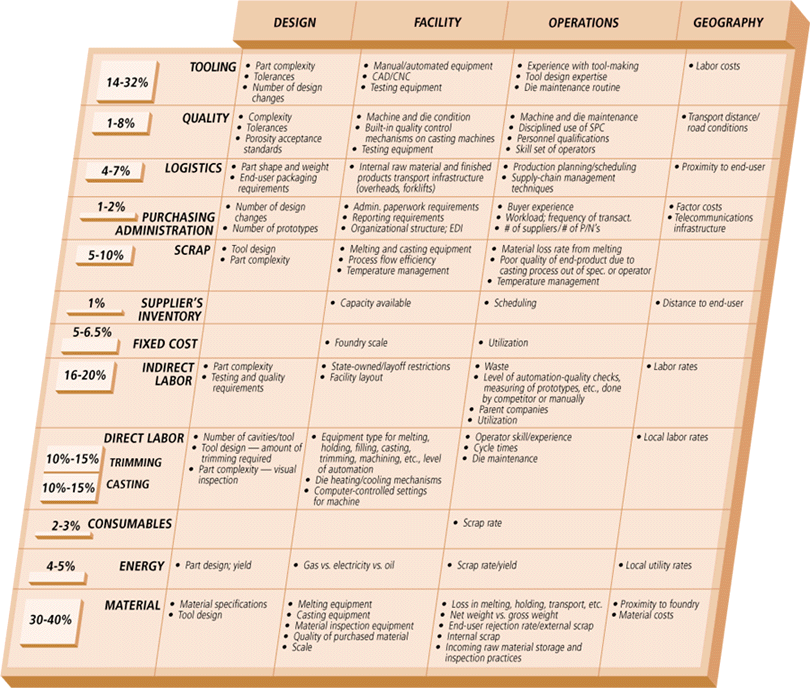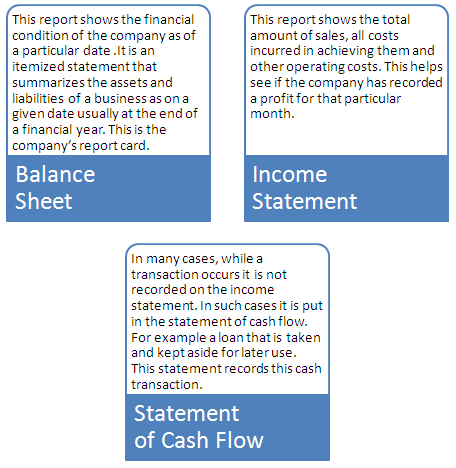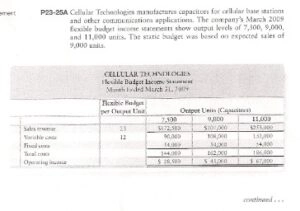
Essentials supports just three users, while Growing is unlimited, making it better value for large or growing operations. Like QuickBooks, Xero has a function to automatically calculate sales taxes for each invoice, as well as state or city taxes. A tax default can be set for any purchase, and Xero offers an integration with Avalara TrustFile in order to help you file your returns.
Feature Face-Off: QuickBooks vs Xero
If snapping photos of receipts to claim expenses on the go is a key mobile feature you’d like to have, regardless of plan level, QuickBooks Online might be a better fit. Kristy Snyder is a freelance writer and editor with 12 years of experience, currently contributing to the Forbes Advisor Small Business vertical. She uses her experience managing her own successful small business to write articles about software, small business tools, loans, credit cards and online banking.
Expense and mileage tracking
To know which might be right for your needs, check out our FreshBooks vs. Xero comparison. QuickBooks Online is an offshoot of Intuit’s general desktop-based accounting software QuickBooks. Xero and QuickBooks Online are both Web-Based Services, which means you can log in and access your account from anywhere with an Internet Connection. Furthermore, both Xero and QuickBooks have a variety of plans to choose from, all of which are charged on a Monthly Subscription Basis, with the software features growing as you move up the levels. Xero allows seamless mileage tracking by letting its users enter the start and destination locations on the map.
Xero vs QuickBooks: Pricing
Xero lets users create two active tracking categories, while QuickBooks Online allows users to create 40 in the Simple Start, Essentials and Plus plans. The more categories you create, the more reports you can run to get a better idea of how your business functions and where there’s room to grow. One of the advantages of using Xero is that it can save businesses time and money. With Xero, businesses can eliminate the need for paper records and reduce accounting fees.

The software is also updated automatically, so businesses always have the latest features and security patches. Overall, Xero is an efficient and cost-effective way for small businesses to manage finances. Xero is a better option for businesses that need to track project profitability. This is because Xero allows you to see how much each project is costing you in real time and compare that to your estimated profits. Xero is also a better option for businesses that are expanding internationally as it offers multicurrency support.
QuickBooks supports six custom invoice templates, and lets you track the status of the invoice with read receipts. If needed, you can easily send customers reminders, and can match any payments received with the correct invoice for efficient bookkeeping. QuickBooks and Xero are both solutions with great tools for core accounting needs like bookkeeping, account receivable tracking, and payroll functionality at an additional cost. For those who like everything in neat compartments, Xero may be your best option. Instead of the “add what you need” process many other accounting software applications employ, Xero requires you to set up your business completely before you can start using the software.
You can click any data to see a full, detailed breakdown, complete with historical context, and you can set up data tracking to automatically generate specific reports. QuickBooks offers a main dashboard that can be customized with a series of tile-like graphs or lists, which lets you see real-time KPIs at a glance. Has robust reporting tools and report customization options, basic inventory tracking in all plans and a capable mobile app; Early plan limits the number of invoices and bills. Xero uses third-party add-on connections allowing users to accept payments online.
Xero also has inventory management, but it’s not one of its core functions. QuickBooks is available both online and via desktop and is ideal for businesses that outsource their accounting tasks to a bookkeeper or accountant. This is because QuickBooks only allows up to 40 users for its highest-tiered plan, and even then, some plans require every user to pay for their nonprofit bookkeeping and accounting for dummies cheat sheet own account. Xero is ideal for businesses that keep a team of bookkeepers or accountants in-house. While FreshBooks has a live chat option for sales inquiries, you have to send an email or request a phone call for customer support. ET, so if you’re having a late-night issue trying to sort out an invoice, you’ll have to wait until morning for in-person help.
So, deciding which platform is the best fit for your company could be tough. You’ll go through the features and pricing of each of these Accounting Systems, as well as the differences between Xero and QuickBooks Online. The search for the best Business Accounting Software can be challenging, involving determining what features you require, your budget, and, of course, comparing the various options available. Users can access these apps in the My Apps section, which is categorized for easy navigation. Xero does not offer an estimation feature, but users can fill out the form on its website to download a free estimate template in editable PDF format. QuickBooks has been in the market for longer than Xero, is very well-developed, and is generally loved by accountants – especially in the US market, which QBO has dominated.
- While most business applications (including Xero) have transitioned entirely to cloud-based software, QuickBooks is unique in that it still sells an old-fashioned desktop version.
- You can even set up recurring invoices each month, late payment reminders and scheduled late fees for overdue invoices.
- We’ll explain our Xero vs QuickBooks comparison findings in greater detail in the following sections.
- Xero is an accounting software best suited to small businesses looking for high-level accounting systems.
- QuickBooks is not designed for proposal writing, but users can turn estimates into proposals by attaching files or adding messages.
They may have almost the same features, but each has its own strengths and drawbacks. The software must have enough reports that can be generated with a few clicks. Moreover, we’d also like to see customization options to enable users to generate reports based on what they want to see. This section focuses more on first-time setup and software settings. interest coverage ratio: formula how it works and example Even after initial setup, the software must also let users modify information like company name, address, entity type, fiscal year-end, and other company information. Just keep in mind that unlike the inventory feature in QuickBooks Online’s higher-tier plans, Xero doesn’t let users set up reorder points that flag when stock is running low.
Xero is currently the second-most popular accounting software program in the U.S. and enjoys market-leading status in various countries such as Australia. Similar to its competitors, Xero provides double-entry accounting and comprehensive reporting functionalities. What sets Xero apart is its emphasis on simplifying accounting concepts for individuals who may be unfamiliar with financial jargon.

Both have great A/P features, but QuickBooks Online is slightly better due to its ability to generate recurring payments. Xero lets you create a recurring bill but not the payment, which means it doesn’t charge your checking account automatically. We are driven by the Fit Small Business mission to provide you with the best answers to your small business questions—allowing you to choose the right accounting solution for your needs. Our meticulous evaluation process makes us a trustworthy source for accounting software insights. We don’t just scratch the surface; we immerse ourselves in every platform we review by exploring the features down to the finest nuances. NerdWallet independently reviews accounting software products before determining our top picks.
And you can also easily add inventory Items to quotes, invoices and purchase orders to make billing easy. If you upgrade to at least the Essentials plan from QuickBooks, you can enter employee time by client or project and automatically add that time to invoices. For more robust scheduling and PTO management, you’ll need to purchase the separate QuickBooks Time product in addition to the accounting software.
Xero also tracks all transactions across currencies and access reports to analyze monthly trends and identify areas for improvement. QuickBooks allows users to tag things while working to track projects, locations, events, and more. Users can run custom reports related to the tags to get an instant online video maker, video editor and video hosting picture through the insights. Xero best suits medium to large businesses but works for all businesses. In addition, Xero has a far more user-friendly interface than QuickBooks, so its ease of use makes it the perfect choice for the self-employed and those with less accounting experience.
Businesses can integrate a scalable SaaS third-party AP automation solution to access more advanced automation and global payments capabilities. Both Xero and QuickBooks Online can be used and synced with online payments processing transactions from different online payment processors. Once connected, QuickBooks bank feeds give you an accurate, real-time view of your cashflow and finances.
